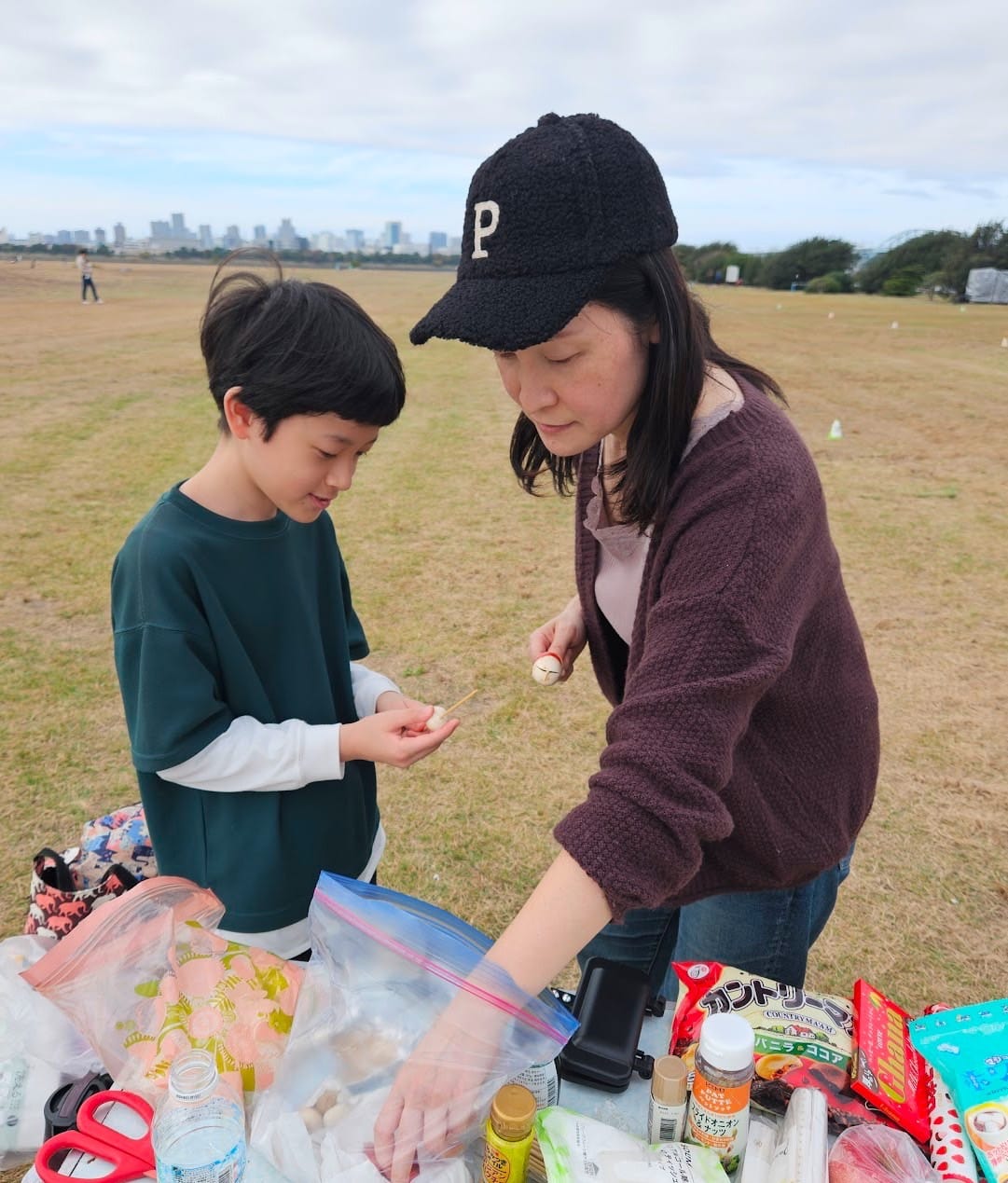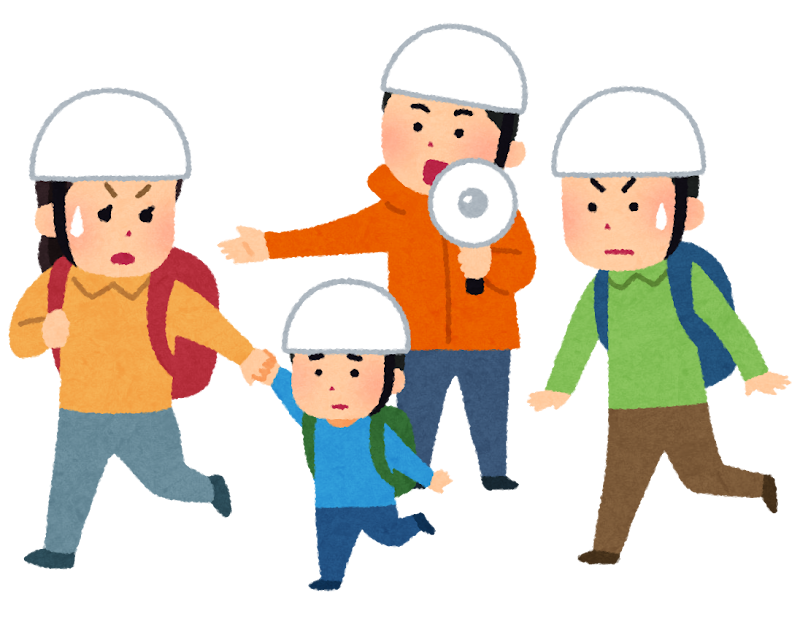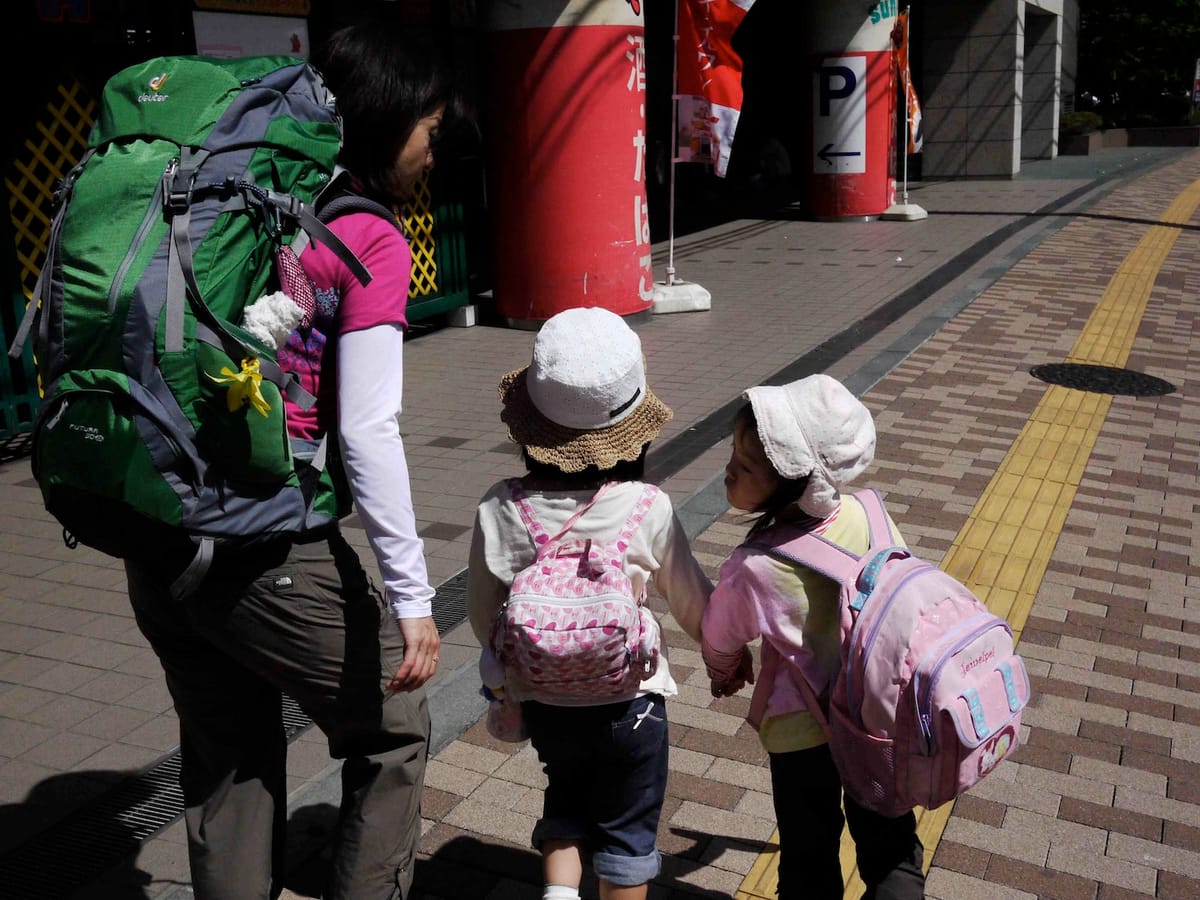Family disaster prep: Learn essential skills at a 'Bosai Picnic'
A Tokyo-based NPO MAMA-PLUG offers courses and workshops designed to meet your specific needs and preferences. The organisation is flexible and can work with you to create a programme that suits your schedule and target audience.

Here's how it works
Date and Time: Let MAMA-PLUG know your preferred date and time, or tell them your general availability (e.g., weekday mornings, weekend afternoons). Every effort will be made to accommodate your schedule.

Evacuating with children presents unique difficulties. We spoke with an NPO that helps families prepare for disasters.
Target Audience: Courses cater to a wide range of audiences, including:
- Expectant parents
- Parents of infants and primary school children
- Preschool children
- Childcare providers
- Kindergarten, nursery school, and primary school staff
- Employees and their families The more specific your target audience, the more effectively the course content can be tailored.
Location: Courses can be held nationwide. Travel expenses will be added to the instructor fee.
Duration: Lectures typically last 60-90 minutes. For Disaster Preparedness Picnics*, 120 minutes is recommended.
Instructor Fee: Starting from 30,000 yen (excluding tax) for a 90-minute classroom lecture, plus travel expenses.
For more information, contact MAMA-PLUG.
Combine outdoor fun with essential skills: the Disaster preparedness picnic
As mentioned previously, outdoor activities and disaster preparedness go well together. MAMA-PLUG recommends a 'Disaster Preparedness Picnic' that allows you to enjoy a family outing while also reviewing your family's disaster management measures. Why not review your family's disaster preparedness while enjoying a family outing?
Try emergency food instead of packed lunches: Is it tasty? Easy to eat? Something you could actually see yourself eating regularly?
- Check for hazards and safe areas during your walk: Keep an eye out for potential hazards like collapsible buildings, fire risks, falling objects, and block walls. Also, identify safe areas where you could potentially seek shelter.
- Test your disaster backpack: Put on your fully packed disaster backpack and go for a walk. Is the weight manageable? It's important to actually test your backpack to ensure it's practical for evacuation.







